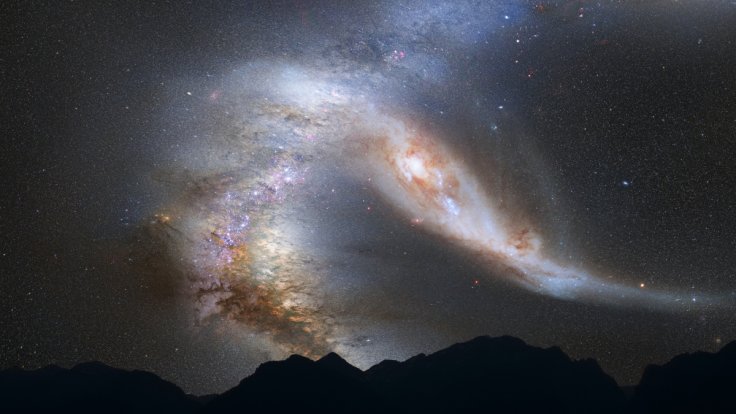
For the first time ever in the history of astronomy, astrophysicists at the University of Oklahoma have detected a population of planets outside our Milky Way.
The incredible finding was made possible by the researchers with the help of an advanced technique known as microlensing. This technique allowed Oklahoma astrophysicists to spot objects in extragalactic regions that are too far to be observed directly. As per experts, microlensing technique detects the distortion of light that reaches us, and they believe it as a solid sign of planetary existence.
The research report is published in the latest edition of the Astrophysical Journal.
During the research, astrophysicists detected objects that range from the mass of the Moon to the mass of Jupiter. The researchers made use of Nasa's Chandra X-ray Observatory data to find this new population of planets outside our galaxy. The newly found planets are located in a galaxy which is located 3.8 billion light years away from the earth, a distance which cannot be imagined even in sci-fi movie scenarios.
Xinyu Dai, an astronomer at the Oklahoma University said that he is very excited about this new discovery.
"We are very excited about this discovery. This is the first time anyone has discovered planets outside our galaxy," said Xinyu Dai, reports Science Alert.
According to researchers, it is practically impossible for the humankind to see the planets directly, but detecting them is an incredible testament to the power of microlensing.
Scientists have always believed the existence of planets outside our galaxy but finding the evidence of its existence is something remarkable.
"This is an example of how powerful the techniques of analysis of extragalactic microlensing can be. This galaxy is located 3.8 billion light-years away, and there is not the slightest chance of observing these planets directly, not even with the best telescope," said Eduardo Guerras, an astronomer at the Oklahoma University.









